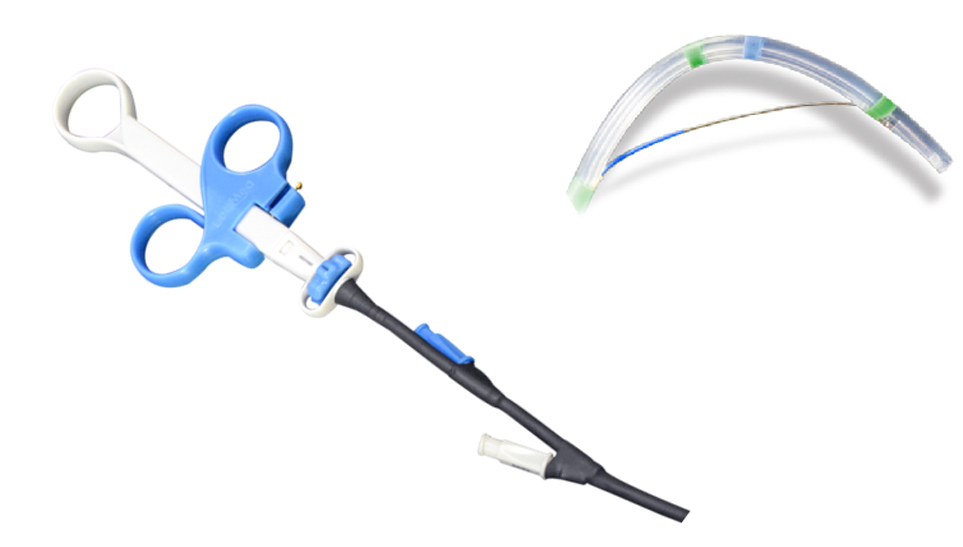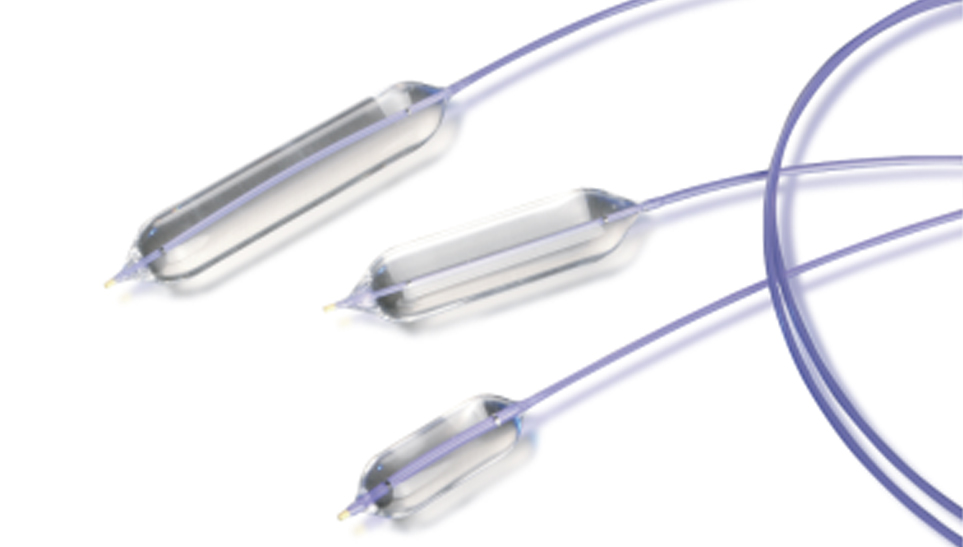







The full Chinese name of ERCP is endoscopic retrograde cholangiopancreatography. This technique originated in 1968 and has a history of more than half a century. It is a very mature endoscopic minimally invasive treatment of biliary and pancreatic diseases. Its specific method is actually very similar to that of gastroscope, which is to use a special tool called duodenoscope, which is inserted into the stomach through the mouth and esophagus, and then enters the descending segment of the duodenum through the stomach, and finds the duodenum. After the papilla of the duodenum is inserted with sphincterotomes or ERCP instruments, contrast could be injected to check the situation of bile duct and pancreas duct.
ERCP surgery, is to use an endoscope to pass through the mouth, enter the esophagus and then enter the stomach, find the pylorus, then pass through the pylorus, and finally reach the duodenum, at the duodenal papilla, the descending segment of the duodenum, Find the duodenal papilla, intubate it through the duodenal papilla, and find the bile duct and pancreatic duct for stone extraction. If the patient with pancreatic head cancer has compressed the bile duct, a stent should be placed in the bile duct to drain the blocked bile duct smoothly. In fact, one is for stone extraction and the other is for drainage
ERCP operation is also knonwn as endoscopic retrograde cholangiopancreatography. The inspection instrument is a long endoscope, which looks a bit like a gastroscope. The endoscope is inserted through the mouth, through the esophagus, through the stomach, and up to the duodenum. After reaching the duodenum, the duodenal papilla is found. The duodenal papilla is the joint opening of the bile duct and the pancreatic duct. ERCP operation can remove the stones in the bile duct, or place a stent in the narrow part of the bile duct or pancreas, and then expand the narrow part to treat the stricture of the bile duct and pancrea duct.
At present time, most biliary diseases are suitable for endoscopic ERCP treatment. In many cases, therapeutic endoscopic retrograde cholangiopancreatography can take the place of invasive surgery, including common bile duct exploration, stone removal, and stent placement for biliary stenosis, even for complex biliary stone disease. Endoscopic techniques include mechanical lithotripsy, endoscopic papillary large balloon dilation, cholangioscopy-guided lithotripsy, and endoscopic ultrasound-guided biliary access.
ERCP is one kind of Endoscopy. Endoscopy is the examination of an internal body part with an instrument called endoscope. Endoscopic retrograde cholangiopancreatography (ERCP) is a technique that uses fluoroscope,a kind of endoscopy accessories to view the patient's bile and pancreatic ducts.
ERCP stands for endoscopic retrograde cholangiopancreatography, is an endoscopic procedure performed with ERCP products like duodenoendoscope to examine and treat a specific finding within either the pancreatic duct or biliary tree or bile duct. This ERCP process procedure helps your doctor make critical decisions concerning your health.
• obstructive jaundice
• Gallstones
• suspicion of injury to bile duct
• undetermined biliary stenosis and suspected biliary duct tumors
• Sphinter of Oddi dysfunction
etc.
Preparing for ERCP GI procedure is very important:
The upper GI tract must be empty, no eating or drinking is allowed for 8 hours before ERCP operation;
Medications maybe restricted prior to and after ERCP, this will be determined by your doctor with particular attention given to patients who have hypertension diabetes who take blood thinner medications or who have bleeding disorders;
After ERCP treatment, you will need someone else to drive you home.